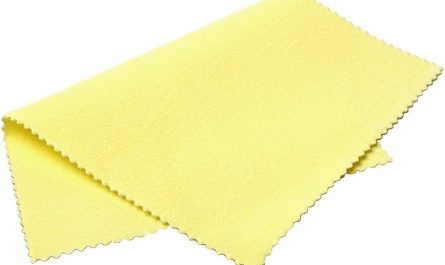Polycarbonate (PC) is a type of thermoplastic polymer with high impact strength, reasonable chemical resistance, and excellent dimensional stability and flame retardancy. With these desirable properties, polycarbonate is commonly used in a wide range of applications across various industries. This article discusses the characteristics, manufacturing process and major applications of polycarbonate.
Chemical Structure and Properties
Polycarbonate is a linear polyester made by the reaction of bisphenol A and phosgene in solution. This reaction results in an alternating carbonate linkage (-O-CO-O-) in the polymer backbone. Therepeating units contain ester bonds that link aromatic bisphenol rings. This structure gives polycarbonate its strength, rigidity and heat resistance. Some key properties of polycarbonate include:
– High impact strength: Polycarbonate has over 200 times the impact strength of glass. It does not embrittle at low temperatures.
-dimensional stability: Polycarbonate has low shrinkage and dimensional change rates during fabrication, resulting in close tolerances.
– Heat resistance: Polycarbonate has a heat deflection temperature of around 145°C. It maintains flexibility and impact resistance up to 120°C.
– Optical clarity: Polycarbonate has up to 90% light transmission, making it ideal for applications requiring optical clarity like lenses and signs.
– Flame resistance: Polycarbonate does not support combustion and meets strict fire safety standards like UL94 V-0.
Polycarbonate offers the combined advantages of strength, rigidity, heat resistance and impact strength that make it suitable for many engineering applications. Its amorphous structure also enables polycarbonate to be easily formed, machined and thermoformed.
Manufacturing Process
Polycarbonate resin is produced by the process known as melt polymerization. Here are the basic steps:
– Bisphenol A and phosgene are fed into a reactor at high temperature and pressure.
– Phosgene reacts with bisphenol A to form a reactive intermediate.
– The intermediate undergoes polycondensation to yield polycarbonate polymer chains.
– The polycarbonate melt is then extruded and quenched to form pellets or granules.
– The pellets are dried and melt processed using techniques like extrusion, injection molding or thermoforming to fabricate finished parts and products.
Common Additives
To enhance properties or functionality, polycarbonate formulations typically contain various additives. Common additives include:
– UV stabilizers: Help withstand degradation from UV light exposure needed for outdoor applications.
– Colorants: Added for specific color or aesthetic requirements.
– antioxidants: Improve heat and thermal oxidation resistance during processing and use.
– flame retardants: Render polycarbonate self-extinguishing to meet fire safety standards.
– lubricants: Facilitate melt processing by reducing die wear and part sticking.
Major Applications
Due to its unique profile of properties, Polycarbonate finds diverse uses across many industries. Here are some major applications:
Automotive
– Headlight lenses: Provide clearer illumination than glass at a much lower weight.
– Instrument panels: Durable yet formable for ergonomic control panels.
– Interior lighting: Customizable designs and color options.
– Exterior trim: Design elements that withstand harsh outdoor exposure.
Electrical/Electronics
– Computer screens/monitors: Optically clear for sharp images.
– Lens covers: High impact strength to withstand drops/impacts.
– Telecom equipment: Fire retardancy for network hubs and switching gears.
Medical Devices
– Respirators/oxygen masks: Breathable, leak-proof and sterilizable.
– Dental/medical implants: Biocompatible for prosthetics and surgical tools.
– Diagnostic and patient handling equipment: Dimensional stability for precision parts.
Consumer Goods
– Luggage: Durable and crack-resistant for travel goods like suitcases.
– Optical lenses: Transmittance and clarity preferred over glass.
– Refrigerator liners: Chemical and moisture resistant for long product lifespan.
Building/Construction
– Lighting fixtures: Resistance to heat, impacts and weathering.
– Signs/displays: Clear, shatter-resistant sheets for indoor/outdoor signs.
– Windows/skylights: Fire-rated glazing alternative in public spaces.
*Note:
1. Source: Coherent Market Insights, Public sources, Desk research
2. We have leveraged AI tools to mine information and compile it



